|
|
Post by johnnypt on Sept 17, 2021 13:43:29 GMT -5
I'd bet the thing most of us best remember Edward Everett Horton from is being the narrator of Fractured Fairy Tales form Rocky and Bullwinkle :-)
|
|
|
|
Post by linefacedscrivener on Sept 24, 2021 11:08:49 GMT -5

The Singing Fool (1928)
“And I glower down the line at the latest hits I’ve seen: The Singing Fools . . . oh Hell—why enumerate? Theme songs and a bunch of vaudeville swing pirouetting over the stage.” —Robert E. Howard to Harold Preece, ca. September 1929 Release Date: September 19, 1928 REH Rating: *
I have to concur with Robert E. Howard on this one, “why enumerate?” This film is horrible for a number of reasons. It is, as Howard said, a bunch of vaudeville song and dance routines and Al Jolson plays the "singing fool." Jolson also appears in blackface, which makes it pretty hard to watch. Still, this was Al Jolson and he was highly popular during the time-period.  What makes this film interesting is that while I agree with Howard, it seems most Americans at the time did not. The film cost $388,000 to produce, but it made $5,916,000 at the box office. It was a smashing success. Al Jolson’s previous film, The Jazz Singer (1927), was only a partial-talkie, but this film was his first all-talking – or in this case: all-singing— film. It was a novel experience for most Americans, hence, most likely explaining the film’s popularity. 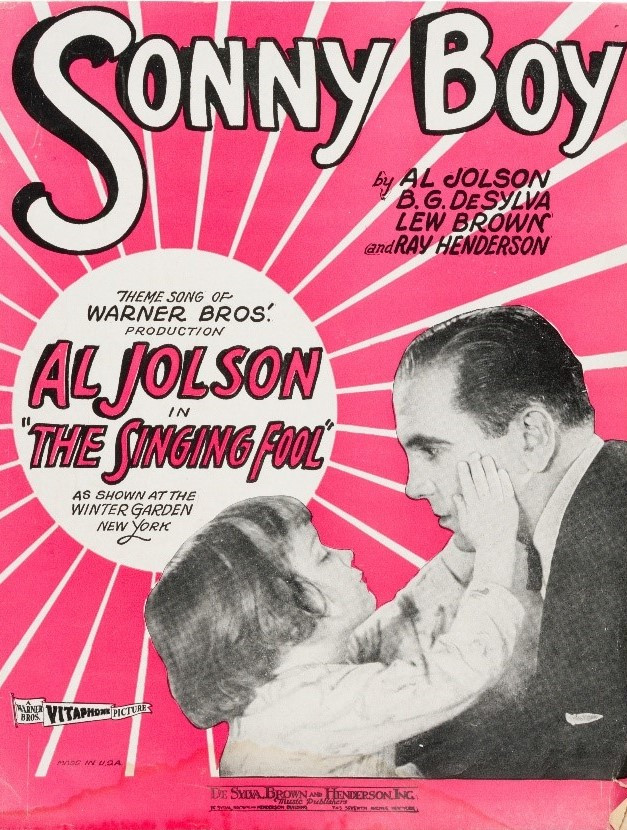 The songs featured in the movie were among some of the most popular songs of that time period, including “I’m Sittin’ on Top of the World.” It was, however, the song “Sonny Boy,” in which Jolson sings in blackface, that proved to be his most popular song, ever. It was because of this movie that the song reached #1 on the charts and it stayed there for 12 weeks, making it a million seller. The song became Jolson’s most requested and one often recorded by other musicians in the 1930s and 1940s. Other than that, the movie is--as Howard said--not worth writing about, much less watching (although you can watch the full movie online for free). |
|
|
|
Post by linefacedscrivener on Sept 29, 2021 14:17:47 GMT -5
 Abie’s Irish Rose (1928) Abie’s Irish Rose (1928)
“And I glower down the line at the latest hits I’ve seen: Abie’s Irish Rose . . . oh Hell—why enumerate? Theme songs and a bunch of vaudeville swing pirouetting over the stage. Give me movie actors—one thing I’ll say for the Irish Rose, it had good actors. But Judas, what a flock of crumbs are flooding the movie world now.” —REH to Harold Preece, ca. September 1929 Release Date: November 3, 1928 REH Rating: * *
Abie’s Irish Rose (1928) was clearly not one of Howard’s favorite movies, but he did acknowledge the good acting, so for that, I figured Howard would give it a two-star rating, rather than just a one-star. The basis for the film actually began as a Broadway play by the same name that premiered on May 23, 1922. The basic premise of the play—and later the movie and radio show—was a young Catholic girl meets a young Jewish man and despite the two families objecting to the marriage, they get married anyway. When the play came out, critics panned it, but the audiences didn’t care—they loved it. It was a commercial success and the play ran from 1922 through 1927. It was this successful play that inspired the movie. 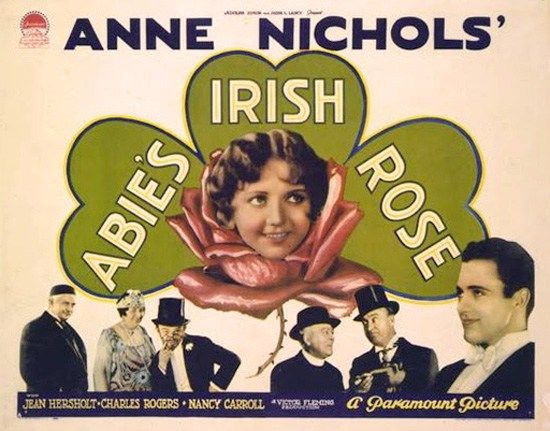 The film itself is one of the earliest of the talking films, so it is a part-silent and part-talkie film. According to the American Film Institute (AFI), it had “three dialogue sequences.” A fuller synopsis of the film is provided by the AFI: “During World War I, Abie Levy, a soldier in the A. E. F., is wounded in combat. While recovering in a hospital, he meets Rosemary Murphy, an entertainer. They fall in love, return to the United States, and get married in an Episcopal church in Jersey City. Abie takes Rosemary to his home and introduces her as his sweetheart, Rosie Murpheski; they are then married by a rabbi. Mr. Murphy arrives with a priest and, amid discord and discontent, the young people are married again, this time by the priest. Disowned by both families, Rosemary and Abie are befriended only by the Cohens. On Christmas Eve, the Cohens and their rabbi persuade Solomon to see his son and his new grandchildren; the priest urges Mr. Murphy to do the same. This surprise visit begins in acrimony, but ends peacefully as Rosemary presents her newborn twins: Patrick Joseph, named for her father, and Rebecca, named for Abie's dead mother.”  The play upon which the film was based was by Anne Nichols (November 26, 1891--September 15, 1966). Although she wrote a number of plays, some of which became movies, Abie’s Irish Rose was far and away her most popular. Nichol’s play was actually semi-autobiographical for she had been born into a strict Baptist family in Georgia, and later married an Irish Catholic. Nichols converted to Catholicism after she wrote the play. |
|
|
|
Post by linefacedscrivener on Sept 30, 2021 12:26:39 GMT -5
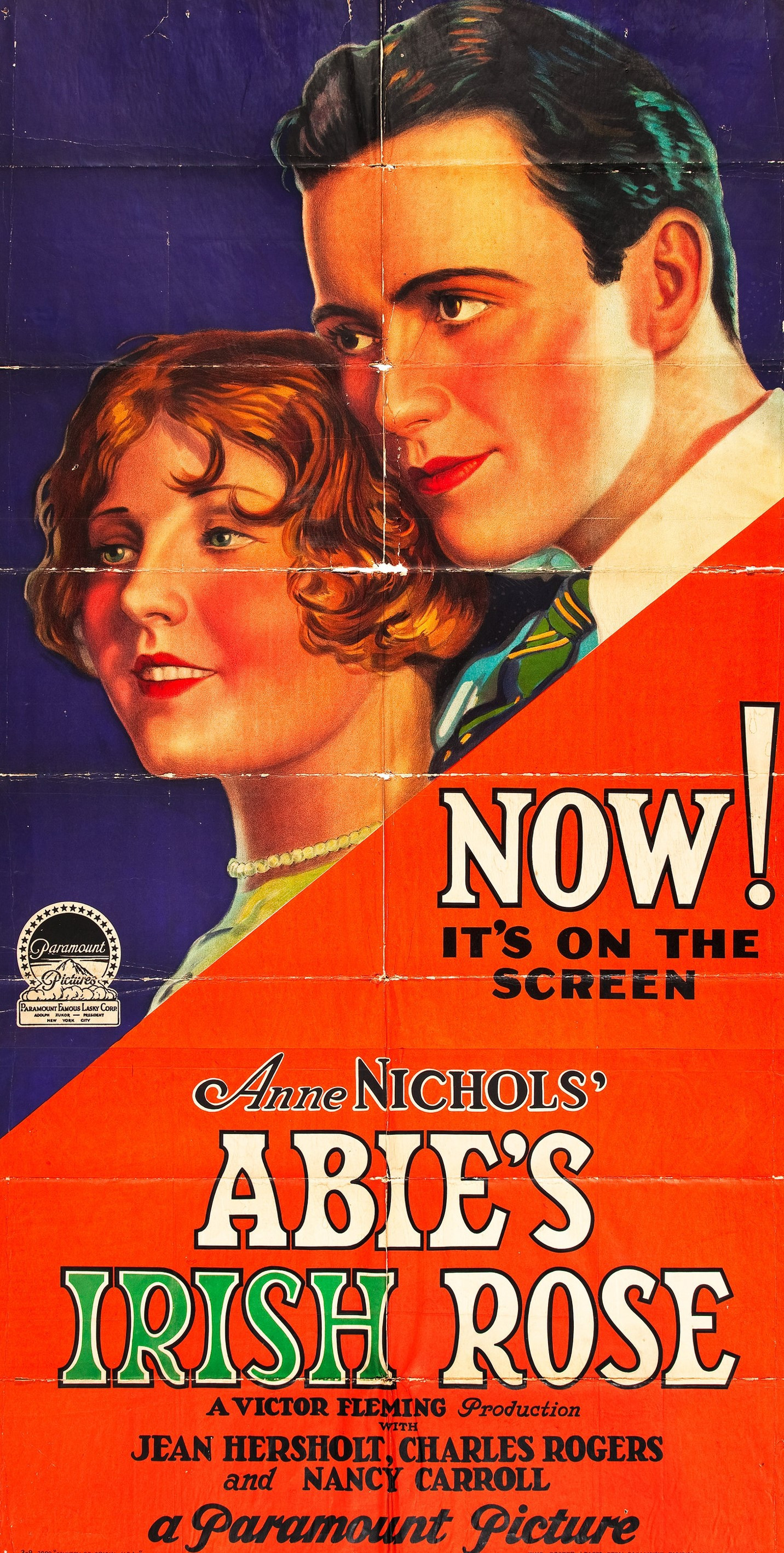 Abie’s Irish Rose (1928) Abie’s Irish Rose (1928)
“—one thing I’ll say for the Irish Rose, it had good actors.” —REH to Harold Preece, ca. September 1929  Charles “Buddy” Rogers (August 13, 1904 - April 21, 1999) plays the lead male part, Abie Levy. Rogers was a band leader, but not in the traditional sense. He was more of a front for publicity purposes. His most noted performance was opposite Clara Bow in the 1927 movie Wings, which was the first picture to win the Academy Awards Best Picture. He is also noted to have been the third of silent star Mary Pickford’s husbands. He made most of his films up until WWII, but none of them are really stand-outs. 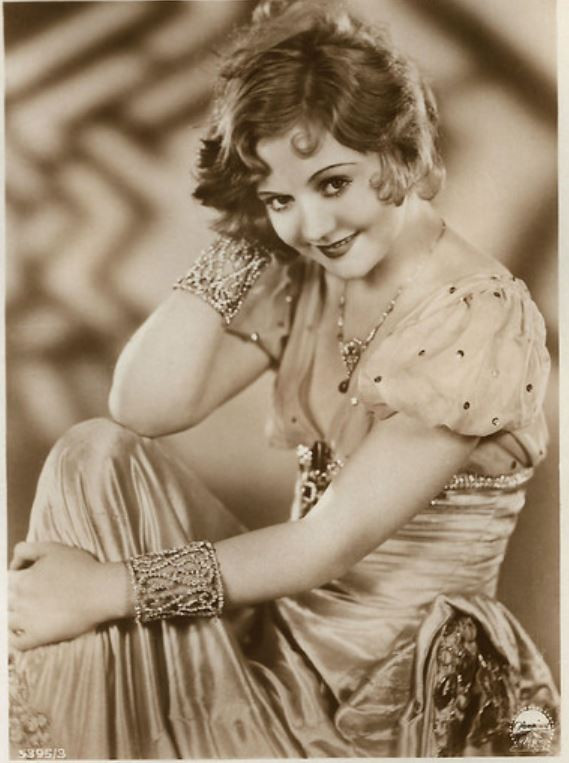 Nancy Carroll (born Ann Veronica Lahiff) (November 19, 1903 - August 6, 1965) played Abie’s “Irish Rose,” and she was actually of Irish heritage. Abie’s was her second film and she made a fair number of movies until she retired in 1938. While she was considered an A-list actress, she did not make many highly memorable movies. I think the only film I have seen of hers was Hot Saturday (1932) as it also starred Cary Grant and the indomitable Randolph Scott. Later in her career, she did some television parts, but out of that, I have only seen her in The Naked City, a great police procedural t.v. show. |
|
|
|
Post by linefacedscrivener on Sept 30, 2021 12:33:29 GMT -5
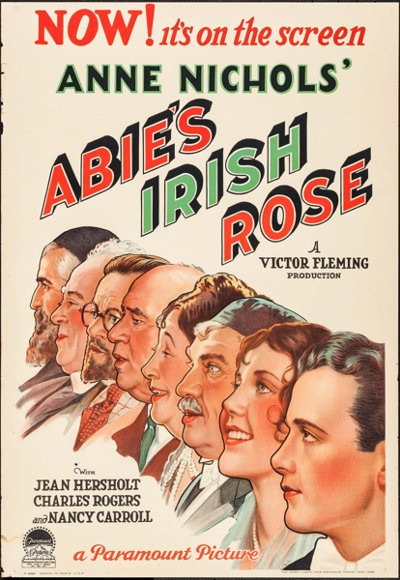 Abie’s Irish Rose (1928) Abie’s Irish Rose (1928)
“And I glower down the line at the latest hits I’ve seen: Abie’s Irish Rose." —Robert E. Howard to Harold Preece, ca. September 1929 Victor Fleming (February 23, 1889 - January 6, 1949) was the director of the film, and he was already a noted director from the silent era, having made many of the popular action movies such as Zane Grey’s T he Call of the Canyon (1923), Jack London’s Adventure (1925), and The Rough Riders (1927). After filming Abie’s he directed Douglas Fairbanks’ in Around the World in 80 Minutes (1931), The Wizard of Oz (1939), and Gone with the Wind (1939).  The film was originally 129 minutes in length and was on 12 reels, but was quickly cut down to 80 minutes based on audience reaction. Only reels 3-6 and 9-12 survive, so it is an incomplete preservation. The reels are located in the Library of Congress in Washington, D.C. As far as I can tell, the video is not available for sale or viewing, so I was unable to watch the film. I am familiar with the old time radio show, as I have listened to several episodes. Based on the radio show, I would have to agree with Howard, it is pretty bad. Certainly a product of its times. |
|
|
|
Post by linefacedscrivener on Oct 1, 2021 12:59:07 GMT -5
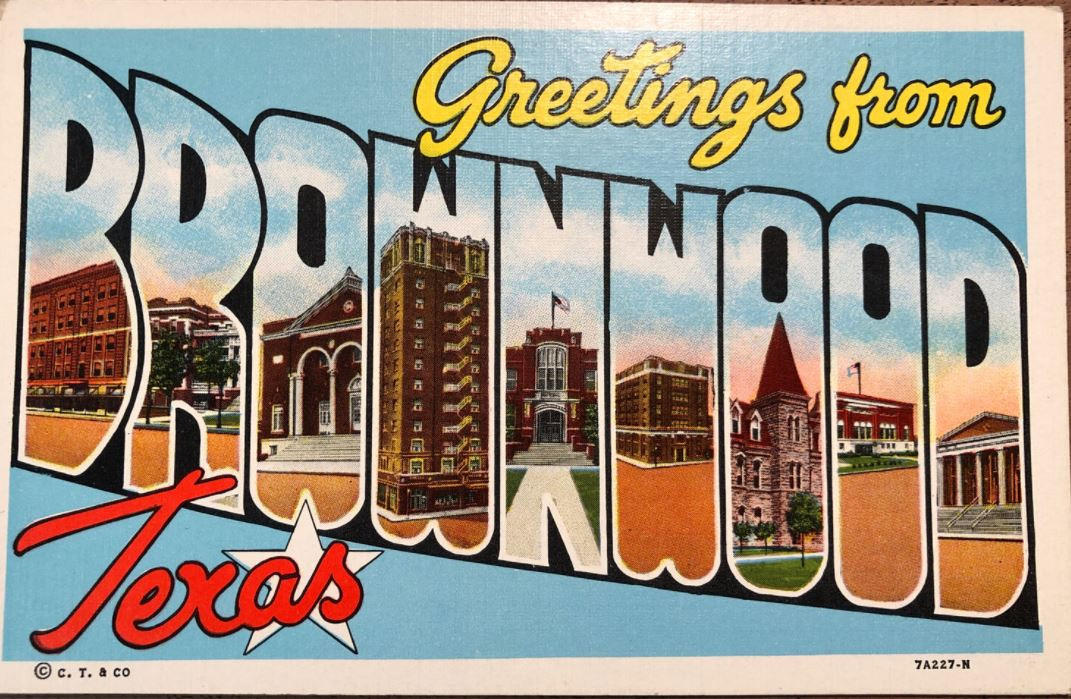 The Story of Brownwood (1928) The Story of Brownwood (1928)
“I saw The Story of Brownwood and god, but it was a lot tripe. It was a relief to sight your handsome but brutal map among the simpering lunatics who insisted on jamming their gibbering visages in front of the camera. I roared with mirth appreciation. All the other dubs wore that eager and unintelligent grin that the average scut wears when having his or her or its picture taken and among the nauseating morass of moronia your bored and cynical countenance stood out like an iron idol among a flock of monkeys. My opinion of Brownwood audiences has risen slightly—they gave the film a terrible razz, especially that fire scene. Damnation, what tripe.” —REH to Tevis Clyde Smith, ca. December 1928 Release Date: December 19, 1928 REH Rating: *
This is an interesting film. It is one that has not been preserved, nor is it easy to find any information on the film. However, based on Howard's description of the film, it is probably better left to the dustbins of history. The best source for any information on the film comes from Rusty Burke in a footnote in The Collected Letters (2007), which explains: “This film was made by a Dallas company in 1928. They solicited underwriting from local businesses in exchange for being featured in the movie. The story concerned a young couple falling in love and getting married, shopping for rings, furniture, dresses, and so forth at the featured stores. In one scene, the young man must rescue his fiancée from a burning building. Bales of hay were set on fire in metal garbage cans on the second floor of the old Brownwood City Hall for the scene.” (p. 282). 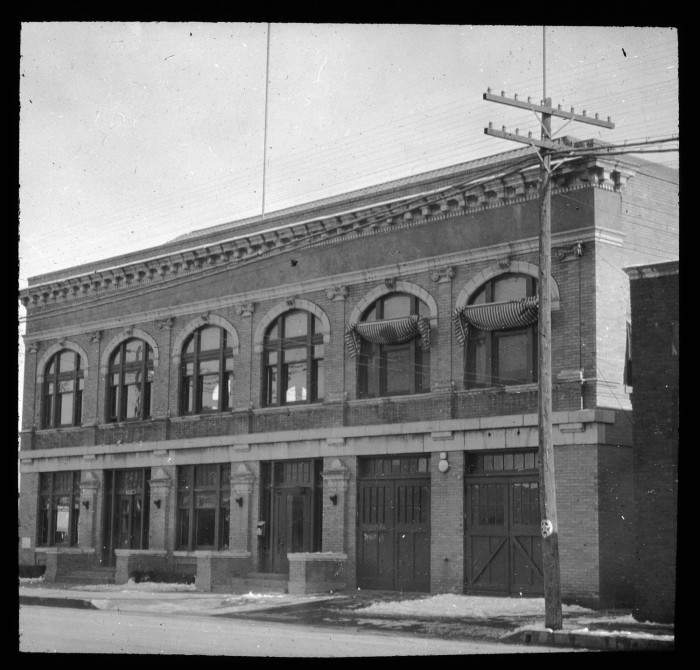 Additional information comes from some newspaper clippings provided by Rob Roehm. Piecing those together, it seems the filming of the movie began on Friday, November 30, 1928, and commenced with the casting for the film. It was then completed on Saturday, December 6, 1928. On that day, the cameraman, Victor Shuler, was on stage of the Lyric Theater to take film footage of the Brownwood movie audience. The film was then "rushed" to San Antonio for production in order to prepare it for its "world premier." It was then shown in Brownwood's Lyric Theater in three parts, the first on December 19th, the second on the 20th, and the last on the 21st. The trick to the film was to try and show as many Brownwood citizens in as many Brownwood locations as possible, in order to create the hype of seeing themselves and their hometown on the big screen. 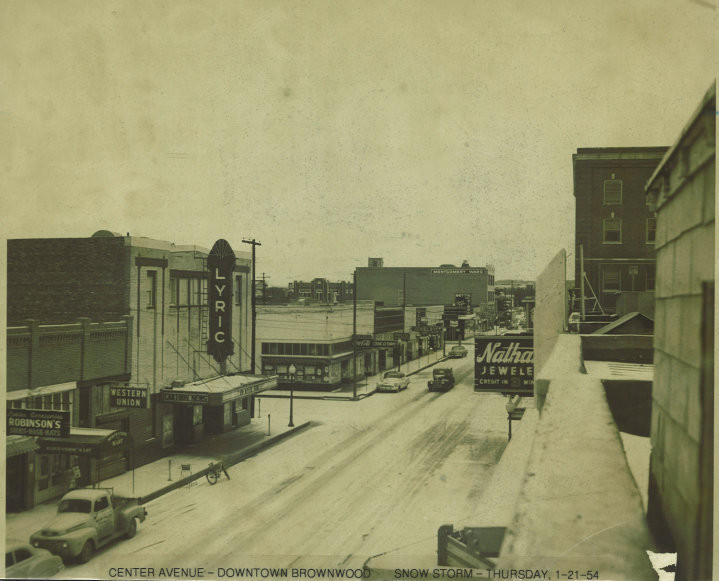 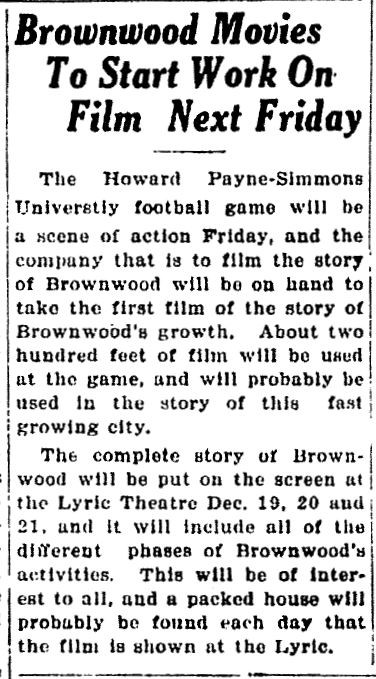 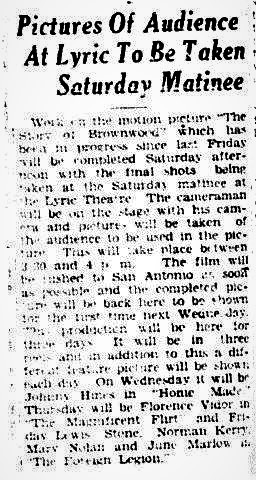 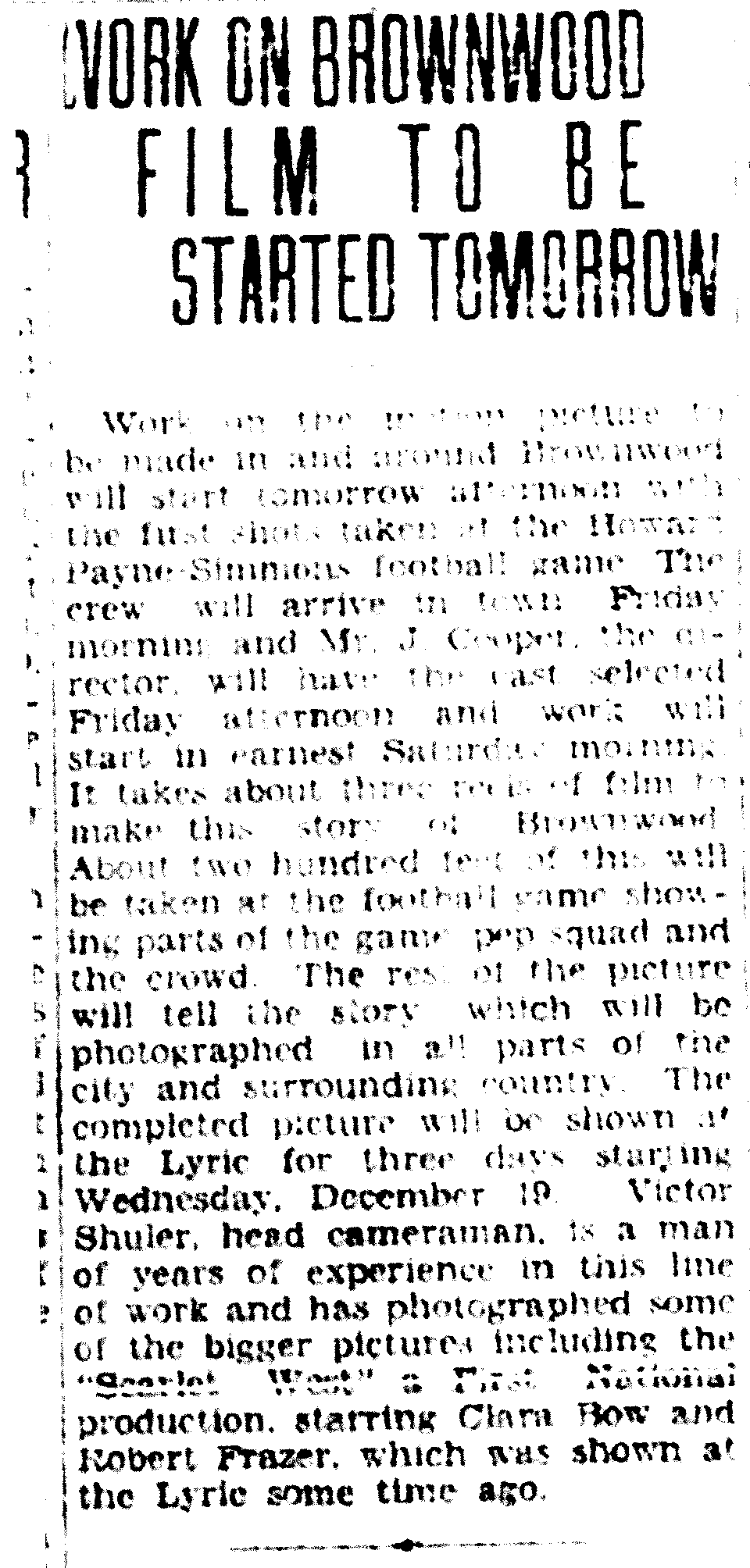 |
|
|
|
Post by linefacedscrivener on Oct 7, 2021 12:56:14 GMT -5
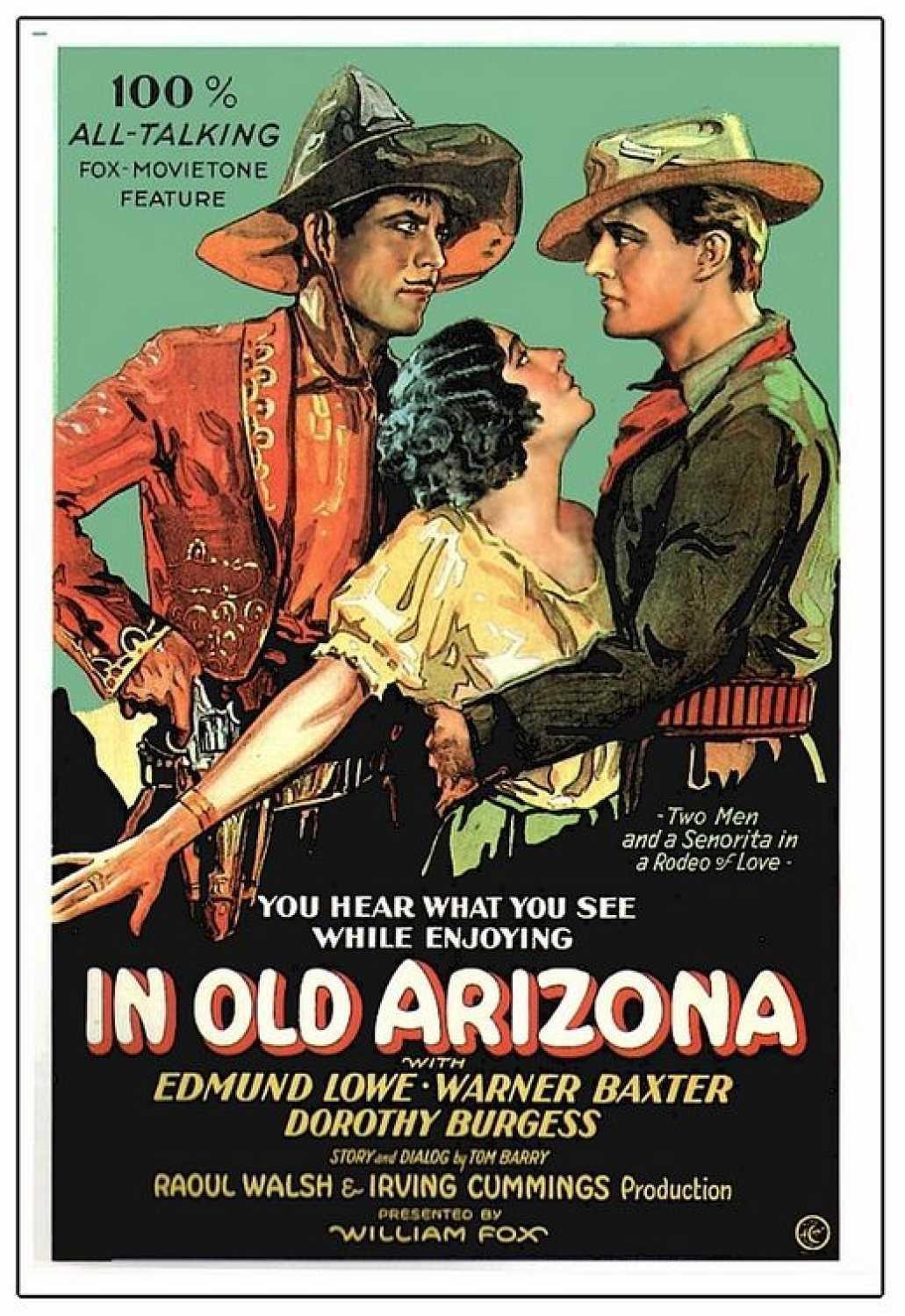 In Old Arizona (1929) In Old Arizona (1929)
“Of all the all-talking pictures I’ve really enjoyed, I can name them quickly: . . . In Old Arizona.” -Robert E. Howard to Harold Preece, ca. September 1929 Release Date: January 20, 1929 REH Rating: * * * * *
The movie In Old Arizona (1929), was based on a popular short story by American writer O. Henry titled “The Cabellero’s Way.” First published in Everybody’s Magazine in July of 1907, it proved to be a widely popular story; but then anything O. Henry wrote was popular at the time. To read the original story in an O. Henry collection (of which all the stories are good reads), link here: archive.org/details/selectedstoriesf00henr/page/182/mode/2upThe story quickly became a staple of 20th century print and film because it was the first story to feature the Cisco Kid. O. Henry’s short story led first to a silent film in 1914 bearing O. Henry’s story title. When the talkies appeared in 1928, the story was turned into In Old Arizona, the first sound Western film, or, as the movie poster states: “the first outdoor talking picture.” 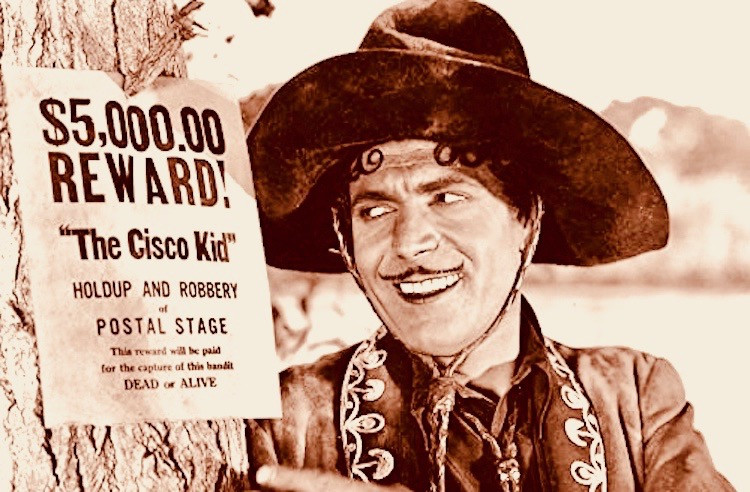 The American Film Institute provides the following synopsis about the movie: “The Cisco Kid is a [fun-loving] caballero whose flair for dramatic thievery and penchant for dangerous trysts keep him just one step ahead of Sgt. Mickey Dunn. The Kid's reputation has preceded him when he approaches the local stagecoach, and he needs to fire only two warning shots to wrest the Wells Fargo box from the driver. His infatuation with a Mexican girl named Tonia María exposes him to near-capture, because of the señorita's double-dealing association with Dunn. Eventually, a showdown becomes imminent, and the Kid exacts a final revenge by framing Tonia so that Dunn shoots her by accident, while the Kid rides laughing off into the sunset.” The popularity of the character, the Cisco Kid, often known as “The Robin Hood of the Old West,” became so widespread it spawned everything from pastiche books, comic books, dozens of new movies, a radio show, and several television series. One T.V. movie even feature Cheech Martin as Cisco Kid’s sidekick Pancho! 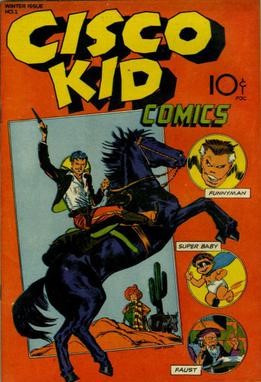 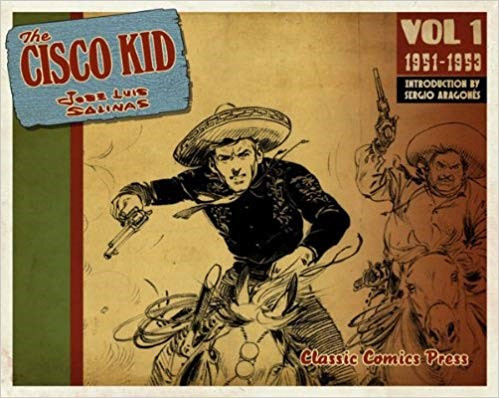  Daily Motion has the film available and you can watch it right here (note: there is a long pause before the film actually starts): |
|
|
|
Post by johnnypt on Oct 8, 2021 6:52:11 GMT -5
"Hey Cisco, you won the Oscar for this?"
|
|
|
|
Post by linefacedscrivener on Oct 8, 2021 15:03:51 GMT -5
"Hey Cisco, you won the Oscar for this?" Allegedly in Germany the 1994 film was labeled "Cheech without Chong - Smoking in The Wild West." Great title. One can only imagine what Chong was doing at the time . . . |
|
|
|
Post by linefacedscrivener on Oct 8, 2021 15:12:57 GMT -5
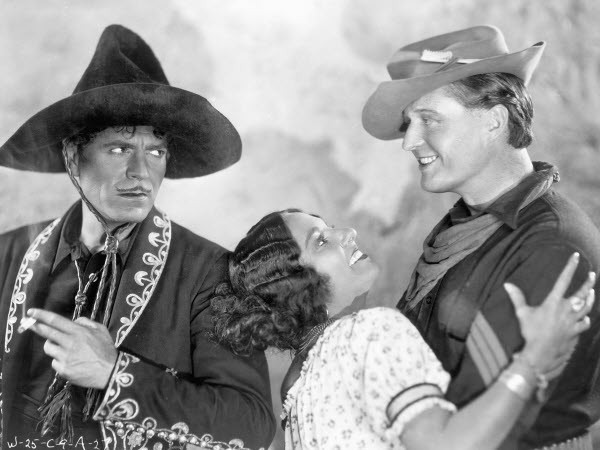 In Old Arizona (1929) In Old Arizona (1929)
“Of all the all-talking pictures I’ve really enjoyed, I can name them quickly: . . . In Old Arizona.” -Robert E. Howard to Harold Preece, ca. September 1929 Warner Baxter was born on March 29, 1889 and died on May 7, 1951. He was a popular silent film star and this film was his transition into the talkies. In addition to the movie receiving an Academy Award nomination for Best Picture, Baxter actually won the Academy Award for Best Actor in this film. The movie also stereotyped him into playing the Cisco Kid (in four more films) or Cisco Kid-like characters for the rest of his career. The actor who places the military soldier Sergeant Micky Dunn who pursues the Cisco Kid is Edmund Lowe. Lowe appeared in a number of the films Howard watched, such as The Wizard (1927), but he didn’t have much good to say about him until his appearance in the film What Price Glory? (1926) when he played 1st Sergeant Quirt. Lowe reappeared as Sergeant Dunn in the 1931 remake, alongside Warner Baxter who also reprised the lead role. 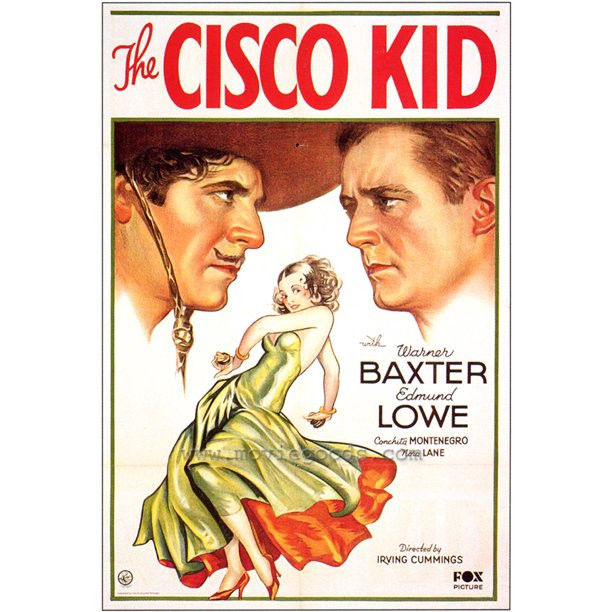 The female lead, who is vying for the attention of both Sergeant Micky Dunn and the Cisco Kid, is Dorothy Burger. Burgess was born March 4, 1907, and died August 20, 1961. This was her debut film and, well, she did not do a great job (not that I am sure anyone cared). The biggest drawback to her character was the very fake sounding Spanish accent when she talked. She went on to make dozens of films, but none were standout films. One of her last film appearances was in Zane Grey’s Lone Star Ranger (1942). In 1932, she was the cause of an accident that killed a 17-year old girl, and she was charged with manslaughter; that certainly didn’t help her career.  |
|
|
|
Post by linefacedscrivener on Oct 8, 2021 15:21:12 GMT -5
  In Old Arizona (1929) In Old Arizona (1929)
“Of all the all-talking pictures I’ve really enjoyed, I can name them quickly: . . . In Old Arizona.” -Robert E. Howard to Harold Preece, ca. September 1929 As I said, the film is not spectacular, though some of the film shots are particularly stunning as the movie was filmed on location in such places as Bryce Canyon, Zion National Park, Mission San Juan Capistrano, and in the Mojave Desert. The film can be slow at times, it deals with a lot of stereotypes, and the dialogue is pretty cliché – though for 1928, it might have been considered very innovative. Again, Burgess’ accent is hard to listen to, but there is an even better accent in the film. It was the one thing that kept cracking me up and that was when the Cisco Kid would talk – he sounded exactly like Chico from the Marx Brothers! All in all, In Old Arizona is of value to Howard fans to watch, if nothing more than to get a glimpse of the films Howard “really enjoyed.” |
|
|
|
Post by johnnypt on Oct 8, 2021 16:07:21 GMT -5
"Hey Cisco, you won the Oscar for this?" Allegedly in Germany the 1994 film was labeled "Cheech without Chong - Smoking in The Wild West." Great title. One can only imagine what Chong was doing at the time . . . And Jimmy Smits gets completely overlooked! Was just watching the TV show on Prime recently, remember watching bits and pieces of it on WPIX in NY and WGN in Chicago on cable. Hard to reconcile it being an Oscar winning role but... |
|
|
|
Post by linefacedscrivener on Oct 14, 2021 13:54:57 GMT -5
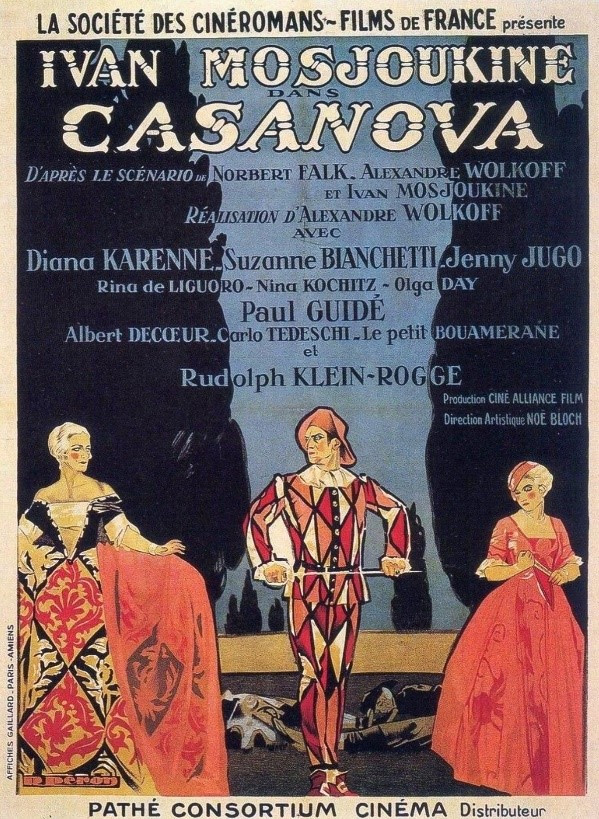 T he Loves of Casanova (1927/1929)
“I saw both pictures you mention, The Loves of Casanova, and The Tempest here in Cross Plains, nearly a year ago. I thought Ivan Mosjukine did rather well though like most foreign actors he over-acted.” -Robert E. Howard to Harold Preece, postmarked January 4, 1930 Release Date: February 16, 1929 (American) REH Rating: * * *
Ivan Mosjoukine, whom Howard liked in Surrender! (1927), returns to play the lead role in Casanova. Although both films were made in 1927, Casanova was actually made before Surrender! Howard saw Surrender! first because it was released in America before Casanova, which was released in 1929 as The Loves of Casanova. Although Howard had recommended Surrender! “without reservation” (The Junto, September 1928), he obviously had reservations with this film—as did I. The film is based (loosely) on the life of Venetian Giacomo Casanova (1725-1798). He was an aristocrat who hobnobbed with many of the elites of the day, and bedded many of their women. The man was apparently always getting involved with some new married woman, then finding himself in hot water. He was arrested when he was 30 for indecent liberties and was imprisoned in the Doge’s Palace (I’ve visited the prison cells on a tour of Venice), and he managed to escape. He fled back to France then wrote a book titled Story of My Flight. It seemed that should have been the title of his memoirs, but that received the more mundane, Story of My Life.
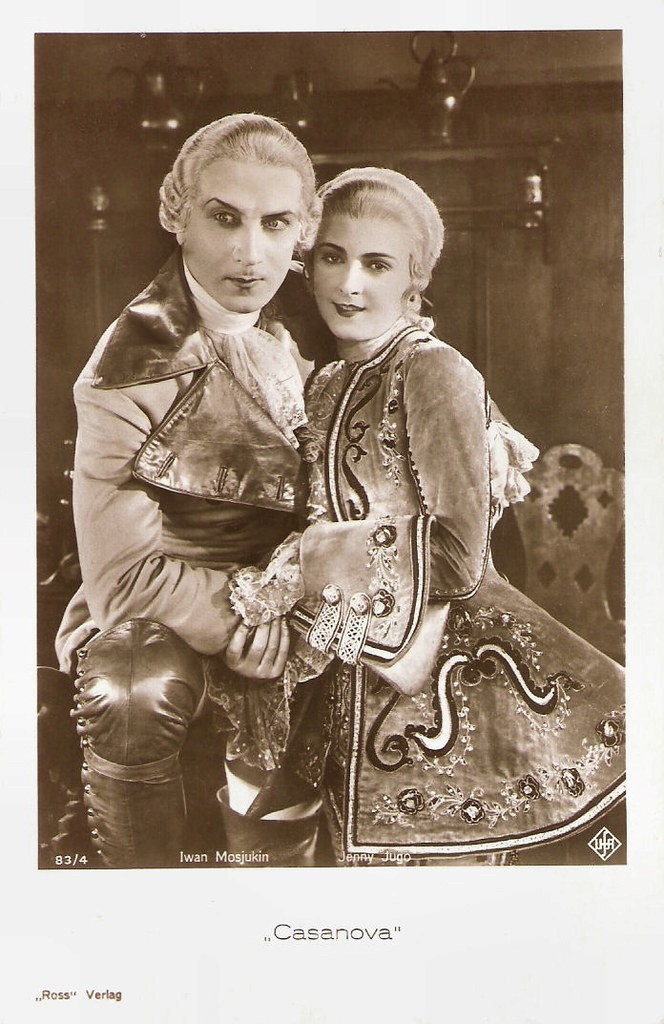   Ivan Mosjoukine plays the lead role of Casanova. Mosjoukine was born on September 26, 1889, and died on January 18, 1939. He was a Russian silent film actor who, like many of the people involved in the film, had fled Russia during the Russian Revolution, seeking shelter in Crimea. He eventually made his way to France, where he started over again, becoming relatively successful. Not long after Casanova and Surrender! were released, Hollywood converted to the talkies and his heavy Russian accent was not favored, so his career all but came to an end. He returned to France and died there of tuberculosis. The film has been restored, but it still appears odd for it seems the film changes as the vignettes of the film change, and the entire thing kind of meanders for two hours. It opens well, with a fireworks display that was hand-tinted, followed by images of Venice, Italy. Having visited Venice on numerous occasions, it was interesting to see old footage of the “City of Water”—it hasn’t changed much. The sequence then comes to Casanova being awakened by two over-made ladies and their two puppy dogs. He receives a shave by both the ladies before the landlord comes to collect his overdue rent. Some comedy ensues, but after that, it starts to fall away, fast. 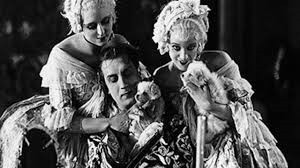 Again, Mosjoukine certainly overacts, as Howard pointed out, which, as he also said, was common among foreign actors. Mosjukine’s image seems to change throughout the film, depending upon which vignette is being shown. Sometimes he looks like a Buster Keaton type—and acts accordingly—while at other times he looks more like Bela Lugosi’s Dracula. Casanova ventures from Venice to Austria to Russia to France and, in the end, is back in Venice. There are lots of women along the way, some fencing scenes, and some comedic episodes, but the film just does not hold together well. I don’t believe it stands the test of time. Some of the documentation for the French 1927 release states it is 132 minutes long, but most of the versions available online are two hours and seven minutes in length, like the one below: |
|
|
|
Post by linefacedscrivener on Oct 27, 2021 11:44:09 GMT -5
 The Iron Mask (1929) The Iron Mask (1929)
“. . . and of the part talkies I got a big kick out of The Iron Mask.” -Robert E. Howard to Harold Preece, ca. September 1929 Release Date: February 21, 1929 REH Rating: * * * * *
This Douglas Fairbanks’ movie is based on two books by Alexandre Dumas: The Three Musketeers and The Man in the Iron Mask. The movie is actually a sequel to an earlier Fairbanks’ movie, The Three Musketeers (1921). The American Film Institute provides the following synopsis of the film: “Anne of Austria, the wife of Louis XIII, gives birth to twins, and Cardinal Richelieu, learning of the double birth, smuggles the unwanted twin into Spain. Constance, a seamstress present at the birth, is kidnaped by Rochefort, and D'Artagnan, her lover, hastens to the rescue. Constance is killed, however, and D'Artagnan is ordered to guard the little prince. Rochefort kidnaps the second twin and rears him as the pretender to the throne. Richelieu then separates D'Artagnan from his faithful friends, the three musketeers, Athos, Porthos, and Aramis, who are each sent to different parts of France. Years pass. Rochefort smuggles the pretender into the royal palace and imprisons Louis XIV in a distant fortress. D'Artagnan rescues the king at the cost of not only his own life but the lives of his reunited comrades, Athos, Porthos, and Aramis. Louis XIV is reinstated and orders the pretender to spend the remainder of his life in an iron mask. As the mortally wounded D'Artagnan walks into the Palace garden, he thinks of Constance and his three friends, whom he joins in death.” The film was 95 minutes long and produced on 11 reels. In the best version I watched, the opening is pretty slick, as the pages of a book flip by with the credits, then lands on a picture of the three (er, four) musketeers. It is then that Fairbanks steps out of the illustration and speaks directly to the audience, reciting lines from the Dumas book and then ending with the well-known phrase, “All for one and one for all.” I quickly came to realize that there are multiple versions of this movie out in Internet land. In some of the other versions, Fairbanks steps out of the pages, but he doesn’t talk. The first version I started to watch had no talking and the music did not begin until I was twenty minutes into the film. I then tried another version and the music played all the way through, but still no talking. I then tried others. One was an entirely silent version with no music or talking. In another, someone had added in harpsicord music, and still another – jazz music!? There is a 1952 rerelease of the movie that added in narration by Douglas Fairbanks, Jr., but he darn near talks all the way through the movie and it got sort-of irritating. So, I had to ask: does the original version with music and the part-talking portions still exist today? It turns out it does, but we probably won’t see it. You can purchase a DVD copy that only has a small portion of the original sound synchronized to the film, but for the rest of it, they used a new score, so no original music or sound effects. Why, you ask, would they do that? Because the original film with the musical score, talking parts, and sound effects is in the public domain. If they released it, people could take it for free, so they changed it to keep it under copyright. Man, the film ain’t that good! In the end, the version I watched all the way through was the one on Dailymotion. It has the talking parts and decent orchestral music to accompany the film. Enjoy! |
|
|
|
Post by johnnypt on Oct 27, 2021 16:27:17 GMT -5
That's probably the one I recorded off of AMC (back when they were TCM before TCM).
I don't think there's ever been a full faithful adaptation of the entire Vicomte De Bragelonne trilogy, they just cut to the end and usually cut out the other two title characters (Raoul, Son of Athos and Louise De Louise De La Valliere). Then they don't even do that part right since Aramis was the driving force behind Phillipe's ascendency and D'Artagnan uncovers it. Most of the things that the movie(s) has(ve) take place before the switch actually take place after (like the plate thing).
It does seem like a Howard kind of film.
|
|